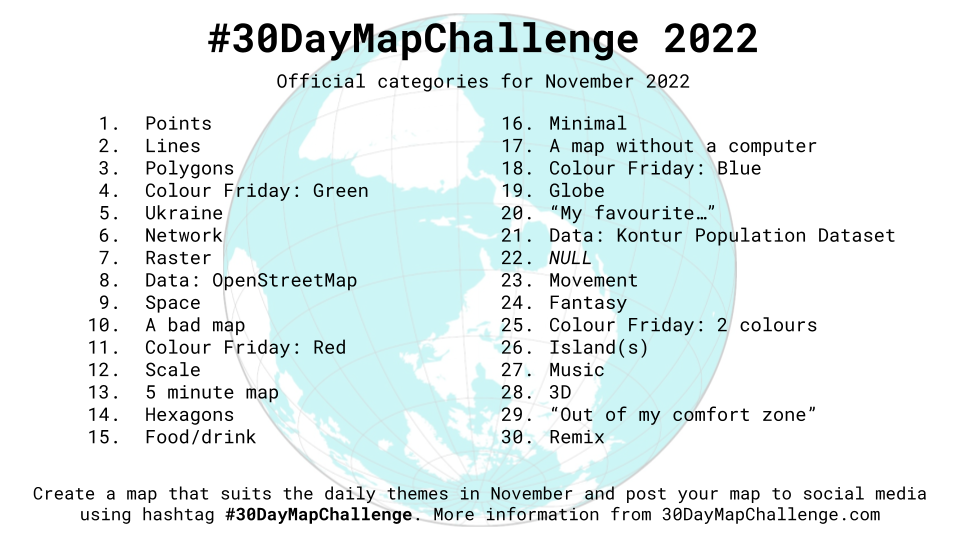FME
Geography or GIS for that matter has never been so closer to our lives. Accurate geospatial data holds the key to several of the problems confronting our planners and decision makers today. The concept of Geospatial Data Infrastructure was first conceived in Canada in the early 1980s. There after other countries like USA, UK, Holland, Australia and Malaysia joined the race. Of late with the setting up of National Geospatial Data Infrastructure (NGDI) in India, the importance of geospatial data and the need to have a geospatial data infrastructure similar to any other infrastructure has increased manifold. In this cyber savvy era of rapid transition, government agencies and other organizations are required to provide quick response to natural disaster, environmental crises and other such issues. The information needed to make accurate decisions depend on the availability of accurate geospatial data. This underlines the critical need to have a Geospatial Data Infrastructure at the national level. This is easier to be said than realized. Yes, this is no less to a Herculean task. There are several hurdles in the way even before we even can see an iota of this being accomplished. Starting from the basic problems like the maps being not upto date, non availability of maps to the complicated ones like missing projection system, scale discrepancies etc. But this is not the end of all troubles. As it is rightly said “one size never fits all”. Blame it on the technology or blame it on the file formats, even if the geospatial data were readily available, they are in multitude file formats. But many a time this is a very serious bottleneck in the process of building a geospatial data infrastructure as evident from the experiences across the globe. Data Interoperability has long been a burning issue in the GIS community. For many years, sharing data between systems have always been difficult with many organizations having their data locked in proprietary formats. Thanks to FME (Feature Manipulation Engine): a Spatial ETL (Extract, Transform, and Load) technology from Safe Software, Inc., founded in 1993 in Canada. With FME “GIS file formats don’t matter”. Every GIS file format for that matter has its own advantages and limitations. With the OGC (Open GIS Consortium) gaining momentum in coming up with the standardization of GIS file format, we still have a long way to go. Solving the format problem alone however does not solve the GIS interoperability issue. The core technology of FME lies not only in its ability to break the format barrier, but also in its ability to perform a data model conversion at the same time. By virtue of the way in which data is represented varies greatly from system to system, a simple format A to format B translation is often not enough. What truly distinguishes FME from all others is its ability to perform data model transformations at the same time when performing the translation. FME provides a "thick pipe" connection between systems that allows for significant data model restructuring to be performed during the translation. FME offers two kinds of data model translations. The first is called generic, also called thin-pipe translation where the data is automatically moved from one GIS vendor product to another. This many a time adds little or no value to the data but provides a quick and easy way to get data from one system to the other. The second is called semantic, also called thick pipe, translation in which case users make use of our GUI-based FME Workbench translation and transformation development environment. Within this environment, users can restructure data, combine data from different data sources and formats all at once. Workbench is the environment that really makes FME be the ETL tool that it is. FME enables users to see their data models before and after the transformation, as well as the steps taken during the transformation, is critical in many situations. FME has seven different suites, each suite catering to the multifarious needs of its users. All of these 7 suites have three core components. FME Universal Translator: powerful data translation software with a drag-and-drop interface. Users can easily transfer and save data into as many as 100 different formats (including the OGC ones) with accuracy. When users need to customize the translation of their data, they rely upon FME Workbench: A point-and-click interface makes performing very sophisticated processing tasks a breeze. FME Universal Viewer: This useful utility allows quick viewing of data formats. Users can preview translation data (attributes and geometry), before performing translations using Workbench or Universal Translator. It is an ideal for previewing data. FME supports over 2000 coordinate systems based on a variety of projections, ellipsoids and datum. “SpatialDirect” another flagship product from SAFE is for users to retrieve data over the Internet/Intranet in the data format and projection of their choice.
The subject matter of this paper in brevity is to demonstrate how FME can efficiently handle this burning issue of GIS interoperability, a major hurdle in building a geospatial data infrastructure and to drive home the point that in this “SAFE” route to GIS interoperability, “GIS file formats don’t matter!”
The subject matter of this paper in brevity is to demonstrate how FME can efficiently handle this burning issue of GIS interoperability, a major hurdle in building a geospatial data infrastructure and to drive home the point that in this “SAFE” route to GIS interoperability, “GIS file formats don’t matter!”



Comments